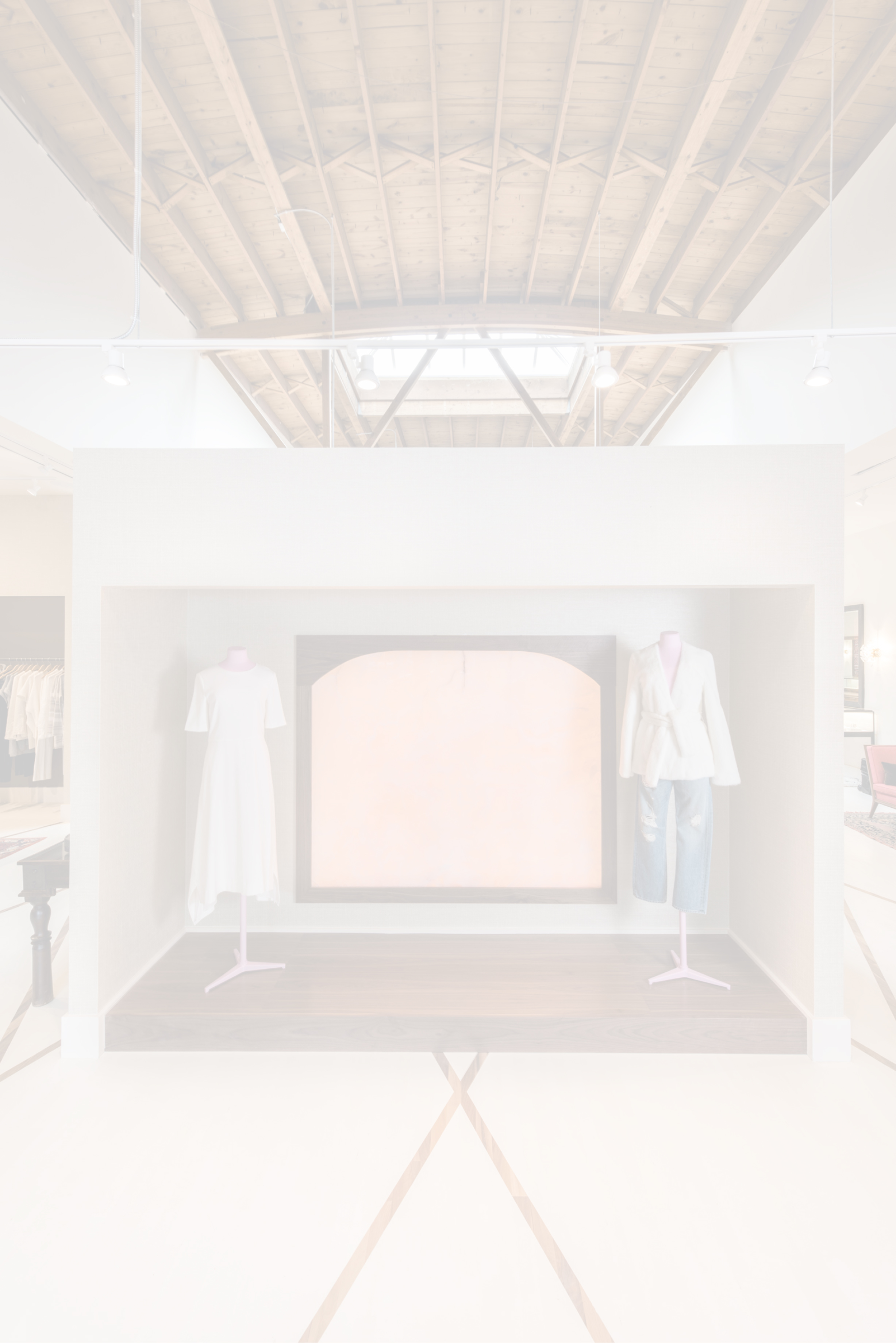Loewe
PAST. LOEWE began as a cooperative of leather artisans in the center of Madrid in 1846. German entrepreneur Enrique Loewe Rossberg consolidated the workshop under his name in 1872, creating one of the world’s original luxury houses. As LOEWE evolved and expanded over the next century, a commitment to modernity emerged as a defining characteristic: In the 1950s and 60s, LOEWE’s offices and stores in Spain became a beacon of progressive international design thanks to the radical architecture and interiors of Javier Carvajal. In the 70s and 80s, LOEWE’s capabilities with leather ensured rapid internationalization, resulting in store openings in Tokyo, Hong Kong and London.
In 1970, artist Vicente Vela created the Anagram, the abstract symbol consisting of four intertwined Ls that has been stamped ever since on LOEWE’s products as an emblem of material and technical excellence. LOEWE’s first ready-to-wear collection was introduced in 1965 --bringing fashion into the core of the brand-- followed by the debut of the iconic, unlined Amazona bag in 1975. The house was acquired by leading luxury group LVMH in 1996. PRESENT. In October 2013, Jonathan Anderson was appointed Creative Director. Under his helm, LOEWE reconfigures a 168-year-old legacy of craft and innovation to take it into the FUTURE.

